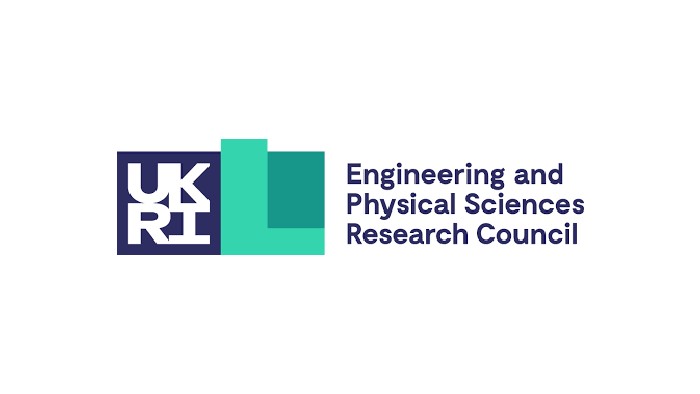The team has been given £244,045 to develop its Mass Spectrometry Imaging
(MSI) technology to provide quantitative analysis of the level of protein
found in biological tissue.
In previous projects that looked at the level of protein change in
tumours following the administration of anti-cancer drugs, Sheffield
Hallam researchers found that there was a need to be able to measure the
change in protein levels to allow clinicians to have an accurate picture
of how tumours respond to treatment. While conventional analysis can only
quantify a small number of proteins, MSI is a powerful tool that is used
to map different molecules within tissue sections and can produce multiple
images of protein responses to medical treatments.
Leading the team, Professor Malcolm Clench of the University's Biomolecular Sciences Research Centre, said, 'If we were to study the activity of 50 proteins
within tissue, under the usual method, you would need around 25 mice for
testing but by using mass spectrometry imaging, only one mouse would be
needed.
'We've had some exceptional feedback from the reviewers and this new
funding will help us to improve the accuracy of the data it will produce
and we can then look to introduce it into pre-clinical testing on a global
scale.'
Sheffield Hallam is one of only five institutions in the country to have
been awarded the funding by the National Centre for the Replacement, Refinement and Reduction of Animals in Research (NC3Rs) in collaboration
with the Engineering and Physical Sciences Research Council (EPSRC).
Dr Vicky Robinson, chief executive of the NC3Rs, said, 'The potential for
technological development to replace, reduce and refine the use of animals
in science is now well recognised across the research community.
Pre-clinical imaging offers an opportunity for researchers to greatly
reduce and refine animal use through longitudinal studies and identifying
earlier endpoints to reduce suffering.
'However its application is often restricted by limitations with the
current technologies available. This strategic funding allows the NC3Rs to
target key areas identified by the research community where the
development and application of new imaging techniques could have a
profound impact on animal use and science.'
About the project
This project aims to develop methodology for the quantitative Mass
Spectrometry Imaging (MSI) of proteins in biological tissue. Two
non-animal models will be used both of which comprise multi-cellular,
three-dimensional (3D) tissue constructs fabricated from human cell lines;
a novel type of tumour spheroid model developed in our laboratory and a
commercial 3D human skin construct.
Successful development of the
methodology will present an alternative to both in vivo and ex vivo
testing using animal models to represent human tumours and skin. The
developed methodology will also be applicable to animal tissue where the
ability to image and quantify multiple non-labelled proteins has the
potential to reduce the number of animals used in many procedures, in
comparison to conventional techniques employing immunohistochemistry, and
immunoflourescence.
MALDI-MS imaging is a novel, label-free imaging technique that can be used
to image the changes in multiple protein responses following treatment. We
have previously applied MALDI-MS imaging to the study of ex-vivo human
skin, 3D cellular skin models as well as human tumours, xenografts and
allogenic animal tumour models. One of the major challenges facing
MALDI-MS imaging is the quantification of changes in protein response
observed in the images. Whilst progress has been made in
quantitative analysis of small molecules by MALDI-MS imaging, quantitative
analysis of protein images has not been attempted.
We have recently introduced the concept of 'IMS-TAG' proteins for
validation of protein identity. IMS-TAG proteins are recombinant
proteins produced to contain signature peptides from a variety of proteins
of interest that are present in the tissue under study. These peptides are
released by enzymatic digestion of the recombinant protein and are used as
positive controls for matching accurate mass, ms/ms spectra and ion
mobility drift times in imaging experiments.
Here it is proposed to further develop the IMS-TAG idea by producing two
15N labelled IMS-TAG proteins: one containing signature peptides for
clinically relevant skin proteins involved in psoriasis and eczema and one
containing peptides for those proteins involved in cancer progressions. The
enzymatically generated labelled peptides will then be used as internal
standards for quantitative MALDI-MS imaging experiments by incorporation
of the unlabelled protein into tissue homogenates to create calibration
standard arrays and by subsequently spraying cut sections of the
homogenate arrays with labelled protein as an internal standard.
Although
this study is being carried out on skin and tumour models the methodology
would be directly applicable to all other tissues. Software for the
extraction of quantitative information will be developed in collaboration
with Waters Corp.



